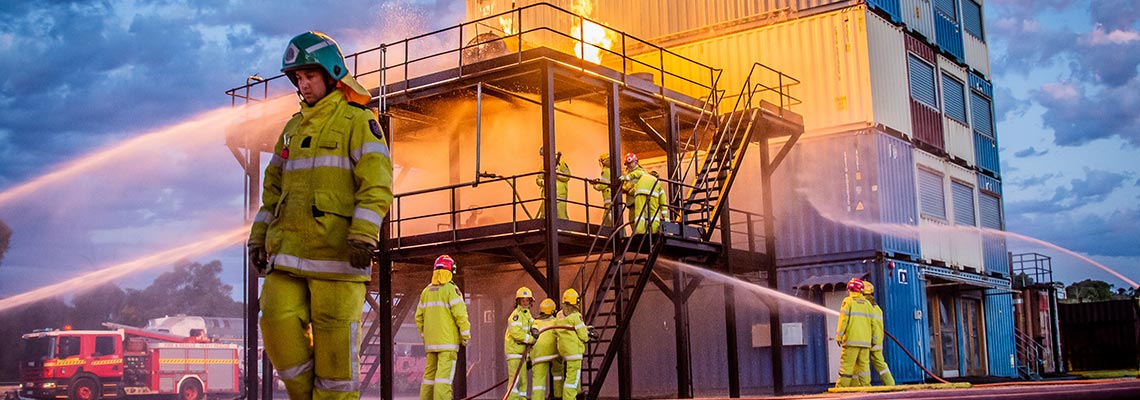The final validations ensure applicants are suitable for employment as a firefighter.
Driving Proficiency Evaluation
The driving proficiency evaluation is overseen by driving instructors from the DFES training academy. The assessment will review each applicant’s ability to safely handle a heavy rigid vehicle and capacity to be trained to a level sufficient to drive safely and efficiently in emergency situations. The driving instructor will provide applicants with feedback regarding the currency of the applicant’s driving skills and provide some advice as to how they can further build on their skills prior to a possible commencement with the Trainee School.
Medical Assessment
These examinations, undertaken by a medical practitioner appointed by DFES, are designed to highlight any conditions that would prevent or hinder an applicant from effectively carrying out firefighting duties and which may put the individual, colleagues, or members of the community at risk. The medical practitioner provides DFES with an applicants’ suitability for the role of firefighter based on all the information available to them.
Applicants who do not meet the required standards of any part of the medical examination will not be offered a position as a firefighter. Where any increased risk of injury or other potential issues is identified, these will be considered - taking into account the nature of the concern and the likelihood of injury or other impact in the short term. Examples of medical conditions generally considered not compatible with unrestricted operational firefighting duties include, but not be limited to; asthma, previous heart attack, implantable defibrillators, epilepsy, diabetes requiring insulin, hearing aids, permanent need for blood thinning medications, joint replacement surgery or eyesight disorders.
If you have any questions regarding a significant medical condition or injury, please feel free to email the Firefighter Recruitment team, firefighter.recruitment@dfes.wa.gov.au. Please note, while the team may be able to provide general advice, they are unable to provide assessment of individual cases. Medical conditions can be complex, and in some instances, after appropriate case assessment, may ultimately be found to be incompatible with unrestricted firefighting duties. Candidates must satisfy all medical requirements to progress.
Integrity requirements
When requested, applicants are required to obtain their:
- National Police Certificate
- Working with children check
Referee checks
All applicants must undergo referee checks.





